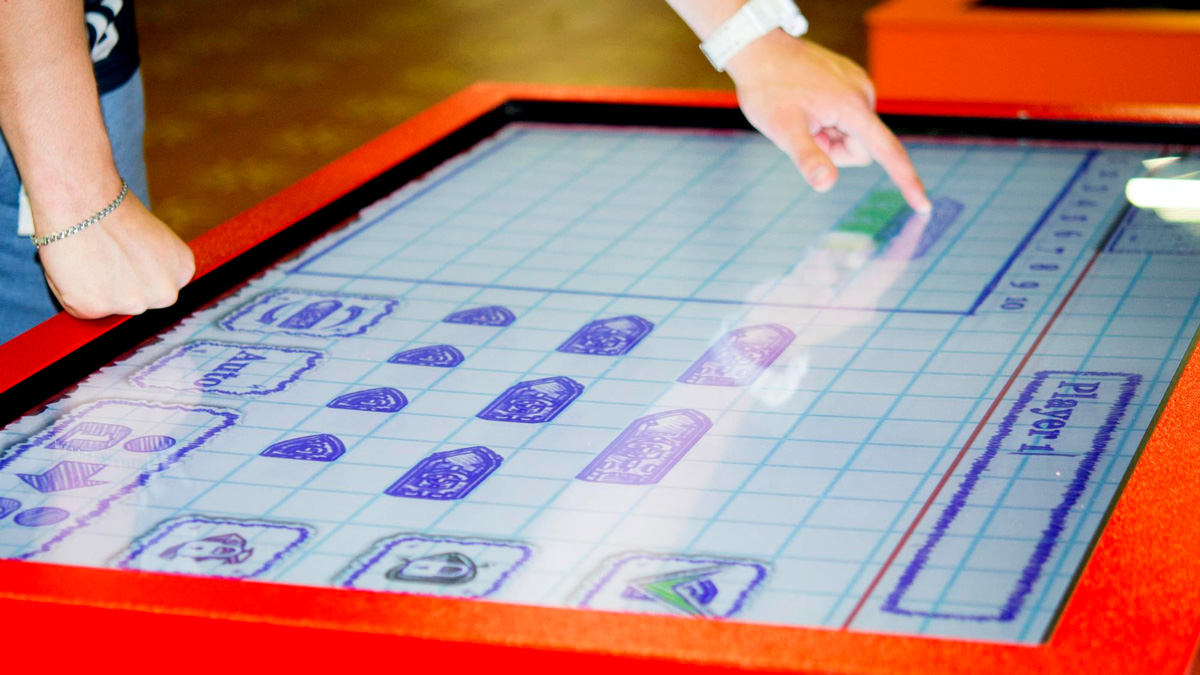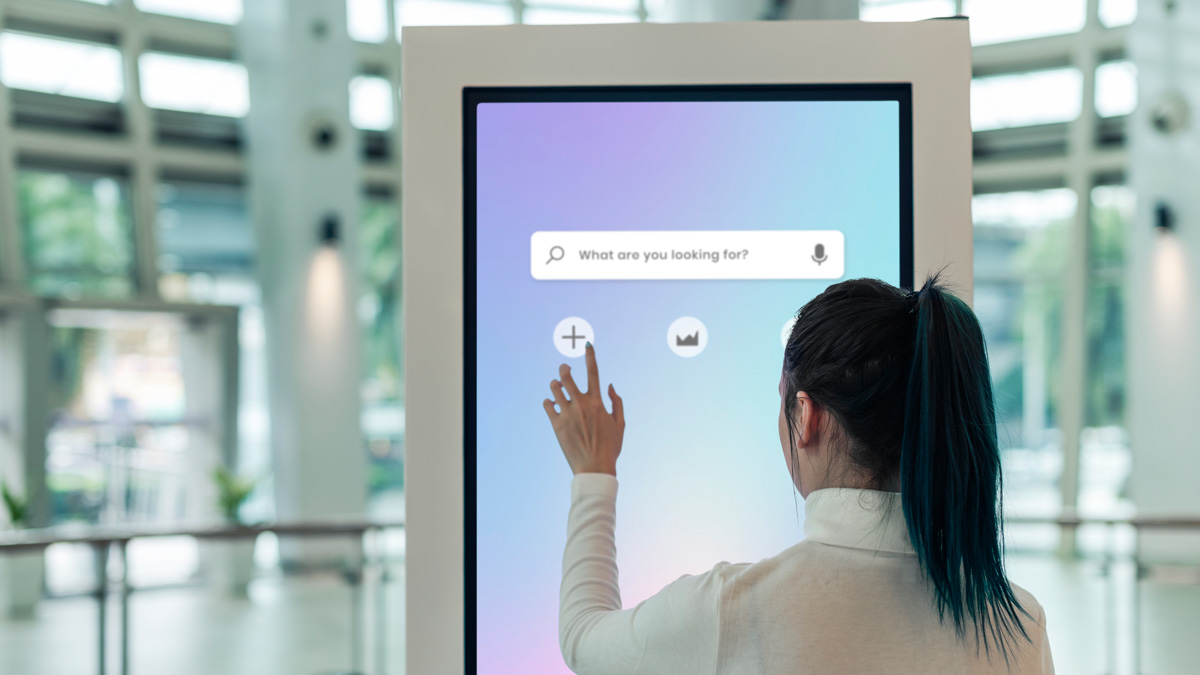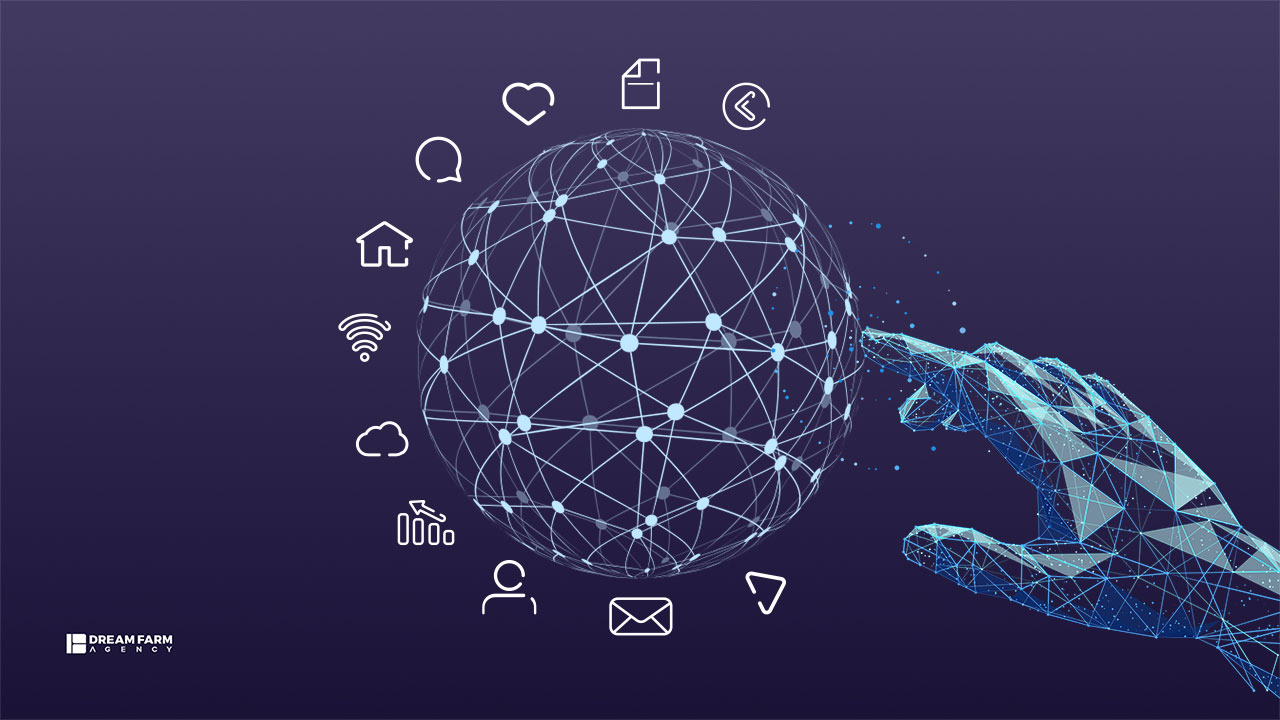
Interactive media has been around for a while. Therefore, as a savvy business manager, you should incorporate it into your marketing efforts. Interactive Media in Marketing brings multiple benefits.
This blog will explore various ideas and examples to leverage interactive media in diverse marketing areas, from advertising to PR and affiliate marketing.
Let’s get started.
Interactive Media in Marketing
As you know, this blog will explore how marketing can leverage interactive media. Hence, we will divide this part into several sections, each addressing the impact of interactive media on different marketing areas.
Interactive Media in Advertising
Interactive media can be useful for advertising in several ways. It is best to take a hybrid approach, combining digital and physical media to get the best results. If you have enough resources, your brand can opt for multiple channels; if not, choose one or two wisely.
The potential of XR experiences (a mixture of VR and AR) regarding digital channels is fascinating. Imagine a travelling agency hosting 360-degree virtual tours on VR headsets to breathtaking destinations, where users can explore hotels, beaches, malls, and more. While these tours can be enjoyed on desktops and mobile devices, VR headset users will experience something extraordinary and memorable.
Creating immersive games for Apple Vision Pro (or any other VR headset) has also been helpful. A rewarding mini-game in front of a mall near your shooting club will go a long way. For instance, you can set up a game where players must shoot a virtual target for a predetermined score. Those who succeed will get a significant discount on joining the club.
Digital interactive banners are usually seen on websites, mobile devices, and online games. As the name implies, they engage users by allowing interaction with the ad rather than passive viewing.
Several methods exist to leverage interactive banners for advertising your goods and services. They can feature mini-games that entertain users briefly and then prompt them to visit the website or take another desired action.
Professionals such as website designers can use a simple form of interactive banners. These banners include fields prompting viewers to enter information such as their budget for creating a website and their field of work. After submitting and clicking the entered button, users will be taken to the landing page designed to turn them into paying customers.
However, it is worth noting that interactive banners are also available in physical form. These dynamic displays react to viewers’ specific actions in certain ways, allowing real-time interaction.
The displays described above can recognize facials, voices, and gesture movements with the help of built-in sensors. Based on the information those sensors gather, the screen will show the ad to the person in a way that increases the chance of capturing their attention.
Furthermore, interactive walls and floors can entertain people of all ages and turn heads toward your brand’s ad. You can implement them in crowded malls, exhibits, and entertainment centers where people hang out to have fun.
Read more about Interactive Media Examples
Look at this wonderful example below:
Interactive Media in Public Relations
Public Relations, or PR, is a vital department responsible for managing and nurturing the relationships between businesses and the public. These relationships, with everyone from customers to the press, are the lifeblood of any business.
Because PR specialists focus on building and protecting a brand’s reputation, it is often considered a part of marketing.
Interactive media can come in handy for PR purposes, too.
Social media platforms are powerful tools in PR, enabling direct communication with consumers. Hosting live streams for public announcements, for example, is a tremendous interactive approach to address the masses’ uncertainties about different aspects of the business.
However, the benefits of interactivity for PR departments extend further. Innovative teams can host virtual press conferences to demonstrate their futuristic perspective and simultaneously reach global audiences. This can be achieved through VR headsets, which have recently gained attraction.
As the creators of brand stories, PR specialists have a unique opportunity to inspire and engage their audience through interactive storytelling. These brand stories include interactive elements that provide a personalized outcome based on user decisions at different touchpoints.
Interactive websites are also valuable for public relations departments. Infographics, including interactive elements, help users grasp complex ideas more efficiently, enabling PR managers to explain concepts and infrastructure effectively.
The world is shifting, and so are user preferences. People today want to be part of something exciting, and yes, they are ready to engage, but it’s up to your brand to create that experience.
If you’re thinking about adding interactivity to your promotional plans, our team is here to guide you every step of the way and answer all your questions. Let’s make it happen together.
Learn more
Moreover, interactive content such as ebooks and whitepapers can be highly beneficial.
Interactive displays and screens can also serve PR goals. Setting them up in places where your target audience commutes or passes by allows interaction with them on various topics. They can ask questions and gather information from the screens.
Lastly, virtual tours can help PR teams by taking enthusiasts to the production line or headquarters. They are a modern-day experience that enables users to explore different aspects of your business.
Heineken, the well-known Dutch beverage brand, ran a successful interactive PR campaign to attract talent. Heineken created an interactive wall that posed followed by various scenarios and challenges showcasing the brand’s dynamic work environment.
Interactive Media in Customer Relationship Management
CRM is the art of managing interactions with customers so that they feel happy and satisfied. Predictably, this marketing area can also benefit from leveraging interactive media in various ways.
Interactive website design, with its array of features, plays a crucial role in enhancing customer satisfaction, thereby boosting the confidence of the CRM team.
For example, AI-powered chatbots are available 24/7 to answer any question, eliminating the waiting time for a response, and now chatbots have transformed into Digital Humans. Additionally, interactive voice response (IVR) systems help users navigate websites using voice commands, which can be especially useful for visitors with disabilities.
The interactive design can contain immersive games to keep customers entertained and change their minds about the brand.
Interactive Media in Sales
AR technology is a great interactive media for CRM because it allows users to try some products virtually before purchasing. Clothing brands, for example, can offer an AR experience through their special application (or any other app), allowing potential clients to try on clothes before buying them with real money. The following example depicts a case of Augmented Reality in another industry using the same procedure.
Additionally, incorporating product configurators into the website enables customers to customize brands’ offerings based on their preferences. As a result, they feel satisfied because what is delivered to their doorstep is unique and tailored to their specific needs.
Sephora, a leading cosmetics brand, has successfully utilized interactive media for CRM. They have implemented various interactive touchpoints to enhance customer experience and boost loyalty.
Sephora’s Virtual Try-On feature is a prime example and is available in its mobile app. This tool allows users to try on makeup virtually before making a purchase, helping them make more informed decisions.
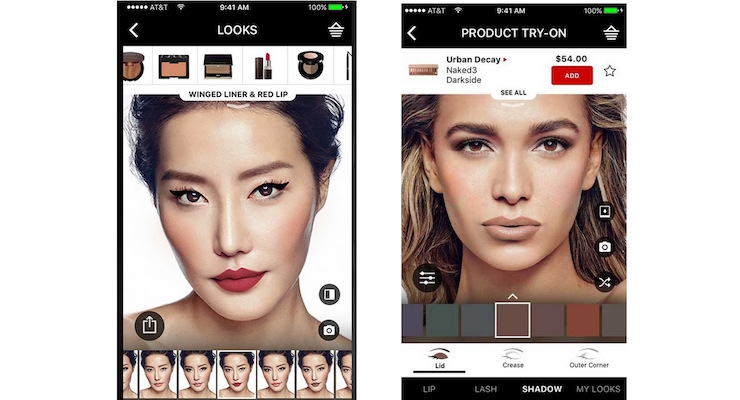
Interactive Media in Customer Support
Customer Support is considered one of the primary pillars of any successful business. This department or team is accountable for solving customers’ issues and providing them with the required information. This information is crucial in helping customers familiarize themselves with business offerings, making them feel more informed and confident.
Customer Support experts, with their adaptability and problem-solving skills, can effectively use interactive displays and screens in physical stores. This innovative use of interactive media is particularly beneficial in large stores, where finding products can be daunting.
Customer support teams can use digital interactive media to address clients’ needs in addition to this physical channel.
Interactive websites play a crucial role by providing information and answering questions. Again, AI-powered chatbots can take part and answer users’ questions quickly.
Interactive content also serves well, simplifying complex concepts related to products and brand policies.
Additionally, VR headsets and AR applications can help the Customer Support team explain use cases, products, and services virtually. This approach has proven practical for technical goods and services. Assume a router provider is helping users set up the device through virtual layers visible with an AR application. In the exact case scenario, when an issue arises, experts in the Customer Support division can better understand the problem and provide clients with helpful solutions to overcome the challenge.
Overall, virtual experiences are considered powerful tools for this purpose since virtual tours and 3D showrooms can help explain everything and give consumers all the needed information before using a product or service.
Gatwick Airport leveraged an innovative way to support travelers and their companions, helping them find the right path to where they want to go easily. The airport’s managers produced an AR navigation application that shows travelers the right direction with virtual lines visible through their smartphones’ cameras. This way, they leveraged interactive media to provide people with needed information, usually asked by the airport’s staff.
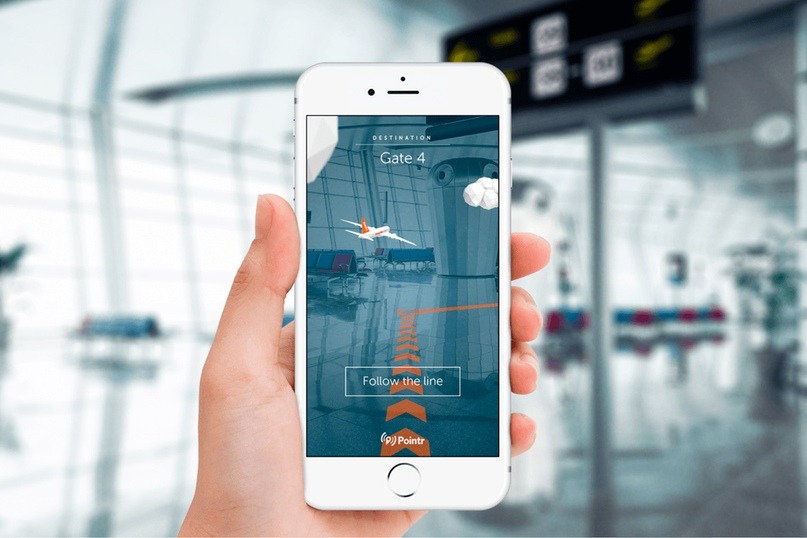
Interactive Media in Content Marketing
Content Marketing is a progressive strategy that uses valuable, relevant, and high-quality content to attract predefined groups of customers. The ultimate goal is to increase business profitability.
If you want to leverage interactive media for content marketing, you have a wide range of choices.
An interactive website design serves as the cornerstone of many content marketing efforts. It’s the platform that hosts your blog posts, videos, audio, and other interactive content, making it a fundamental element in your strategy.
Interactive banners, strategically placed on different website pages, can be a powerful tool for conveying relevant messages through content creation, enhancing the impact of your marketing efforts.
Brief immersive games are also fun and engaging and can be incorporated into a content marketing strategy. This aforementioned interactive media can be innovatively used to inform users about their concerns and the topics they should learn about.
Do not forget about the influence of product configurators. While they are usually helpful for advertising, PR, etc., the Content Marketing department can leverage them to gain interaction with audiences and provide them with essential information about the brand and its offerings. For example, a car manufacturer can use such tools to demonstrate differences between two customized models a user wants to design and help them make more informed decisions.
Finally, the broad category of virtual experiences is a handy tool for content marketers to use interactive media effectively.
Virtual tours can be leveraged to show the behind-the-scene processes of a business to its clients. The kind of content that fosters trust and increases loyalty.
Similarly, 3D showrooms enable users to explore the brand’s offerings remotely at their place. This way, they can familiarize themselves with all the goods a business offers, acquire all the needed information, and compare various options virtually.
Brands with rich histories can use virtual reality (VR) technology alongside its simpler sister, augmented reality (AR), to tell charming stories to customers who visit their physical stores.
This example depicts an excellent usage of interactive media in content marketing.
Interactive Media in Event Marketing
As the name suggests, Event Marketing is about promoting a brand or its offerings through live experiences or events. Due to its real-time nature, creating memorable interactions with participants becomes more important than ever.
To maximize the use of interactive media in event marketing, a hybrid approach, using both digital and physical channels, is suggested.
Immersive games directly related to the product you are introducing are a thrilling way to capture attention and draw more attendees to your conference. Utilizing interactive walls and displays to host these games in a bustling exhibition will guide visitors to your brand’s booth.
Interactive walls and tables are primary components that can be installed in exhibitions in favor of event marketing. They are touch-sensitive and react to visitors’ specific actions. With a touch of creativity, brands can use them to engage users in the best way possible and attract audience to their live events.
An interactive website is a playground for those experiencing virtual experiences. It allows visitors to engage with offerings and get the latest news about the event. Thanks to a strong Internet connection, 360-degree virtual booth tours allow visitors worldwide to explore the exhibition while sitting behind their laptops or holding their smartphones on their couches.
Moreover, do not forget that XR technologies, including AR applications and VR headsets, are rising rapidly, and it is possible to use them as the main interactive media for event marketing purposes.
Lastly, project mapping is an outstanding approach to utilizing interactive media to promote a brand, a product, or a service at an event. Images and animations will cover all surfaces, from walls and floors to objects. There are touchpoints that allow users to interact and change with each interaction they face. Project mapping creates an unforgettable experience, immersing attendees in the environment while enabling them to influence what they see around them.
The Hungarian National Museum leveraged this type of interactive media by installing the proper infrastructure and showcasing traditional Hungarian fabric patterns. The setup lets visitors interact with animations and images, seeing them grow and change after they touch certain touch points in the vast area dedicated to this immersive experience.
Interactive Media in Guerilla Marketing
Guerilla Marketing uses unconventional and surprising methods to achieve marketing goals. This approach is famous because it is a low-cost and even sometimes no-cost strategy that can generate buzz and make the brand the talk of the town.
Thus, since interactive media is usually expensive, combining them may be limited. However, leveraging interactive media in this marketing approach is still achievable with some connivance.
Guerilla Marketing is a realm where creativity reigns supreme. It’s a playground for innovative minds to explore and find the perfect usage of interactive media, inspiring new and exciting marketing strategies.
AR and VR technologies provide marketers with a never-ending pool of opportunities. For example, imagine you have your Apple Vision Pro on and are returning home from work. Suddenly, a masked person comes out from the corner, pulls out a gun, and shoots you in the face. This can be an insurance company advertisement urging you to be more careful and prepare for any unexpected tragedy.
Interactive displays can also be used in guerrilla marketing. In the video below, Pepsi perfectly uses interactive displays and AR elements to surprise people who are just waiting for a bus:
Affiliate Marketing is a performance-based strategy in which an affiliate promotes a brand’s products and services to its follower base, aiming to receive commissions for each purchase made through their affiliate links.
As an affiliate, you can take advantage of some interactive media to increase the impactfulness of your efforts.
Interactive website designs play a crucial role in this journey. They host engaging content that keeps visitors hooked and guides them toward clicking on the affiliate link, thereby enhancing the chances of conversion.
Interactive banners are also helpful in this regard, helping you to advertise the product or service on your behalf and increasing the chance of turning regular users into paying customers.
If you have the budget, invest in providing your follower base with virtual experiences. Until now, we have realized that VR headsets and AR applications are genuine forms of interactivity and, thus, considered interactive media.
For example, if you partner with a company selling action figures, you can set up a virtual environment where users can explore each figure deeply. Then, if they are interested, clicking on the affiliate link will take them to the seller’s website.
Interactive Media in Social Media Campaigns
SMM stands for social media marketing. It is a main branch of digital marketing that aims to achieve marketing goals on social media platforms.
These platforms, driven by user interaction, foster engagement. They empower users to actively engage with the content by liking, commenting, and sharing posts.
However, the interactivity we discuss here is much more than simple finger movement leading to liking and commenting.
On social media, it is a norm that brands encourage their followers to create content related to their offerings and publish it with their branded hashtags. This makes the brand the talk of the town and is efficient in terms of increasing brand awareness.
Remember that not all UGC campaigns are considered a practical, interactive approach for SMM. Once again, you should plan for users active participation beyond asking users to post a simple product picture. Let us cite an example to clarify what we mean.
Before Stranger Things second season, Netflix ran a UGC campaign inviting fans to transform themselves into one of the series’ characters. They had to upload a photo of their makeup in uPic, with the ability to customize the picture by upscaling, changing brightness, and even adding filters to match the show’s atmosphere.
This campaign encouraged viewers to stand on their feet and take action, resulting in a personalized outcome and conveying a sense of being a part of the show. Just after two weeks, Netflix’s Instagram account gained 125000 new followers.
Now, it is time to wrap up the blog.
Enhancing Your Marketing with Interactive Media
Incorporating interactive media into marketing efforts takes work. Many small and medium-sized businesses ignore this practical approach, potentially losing opportunities.
Outsourcing the process to reputable agencies, such as Dream Farm, is the best option for those brands that lack the required resources. Our experts in various fields are trained to leverage suitable interactive media for different marketing areas and help your business stay ahead of the competition.
Are you interested? Contact us for more information.
Nikan

